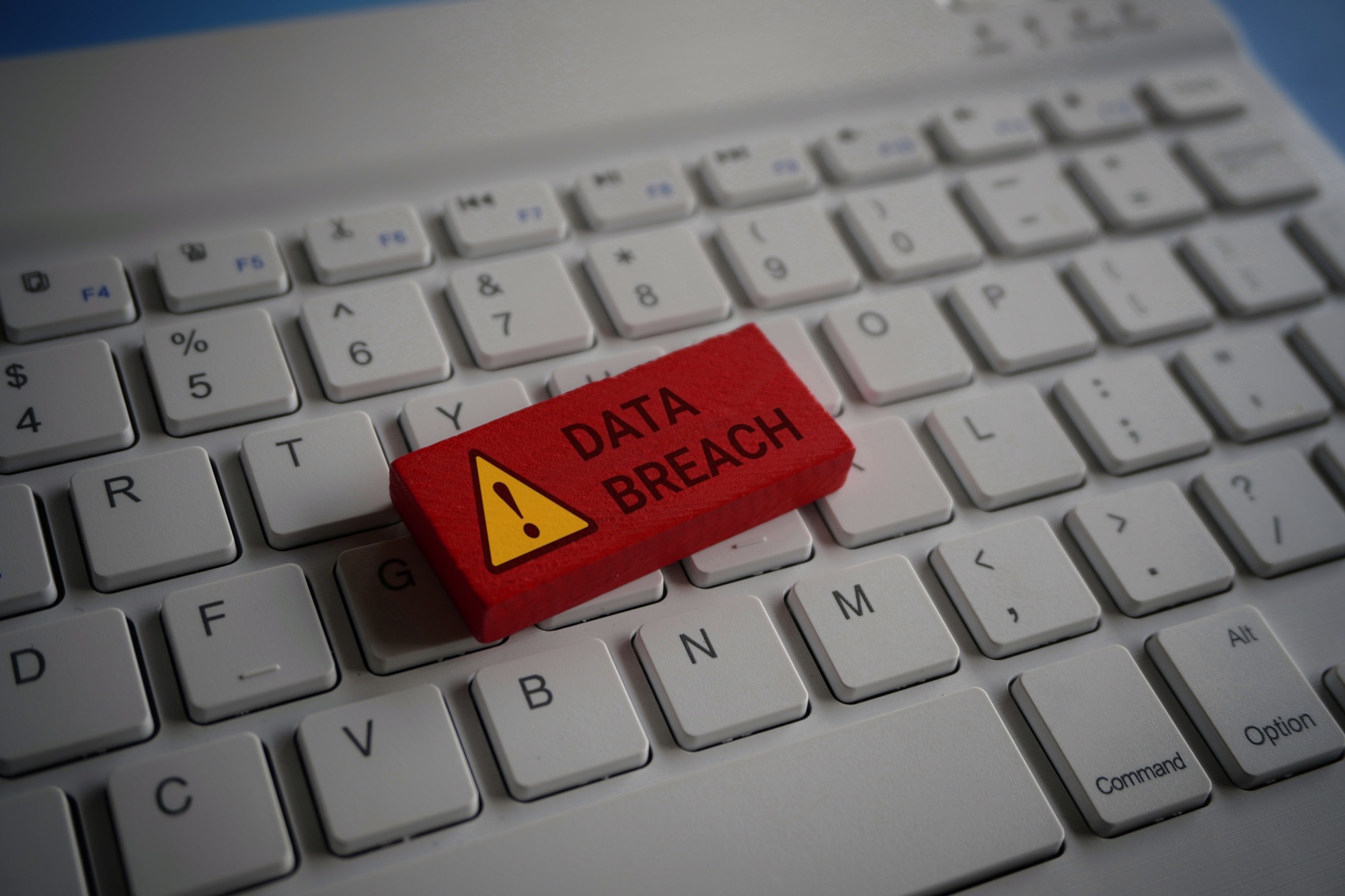Key Takeaways

- High Financial Costs: The average cost of a data breach reached $4.35 million in 2023, impacting small businesses severely with costs ranging from $120,000 to $1.24 million.
- Long-Term Implications: Both direct and indirect costs can affect a business for years, with a typical downtime of over 23 days resulting in lost revenue and disrupted operations.
- Reputational Damage: A data breach can lead to significant reputational harm, causing customer distrust that may lead to a loss of market share and customer loyalty.
- Employee Training Matters: Over 30% of breaches are due to employee errors. Investing in cybersecurity training and awareness can help mitigate these risks.
- Factors Affecting Costs: The size of the organization and type of data compromised play crucial roles in determining the overall costs associated with a breach.
In today’s digital landscape, the threat of a data breach looms larger than ever. As cyberattacks become more sophisticated, understanding the financial impact of these breaches is crucial for businesses of all sizes. The cost isn’t just about immediate financial losses; it encompasses legal fees, regulatory fines, and the long-term damage to your brand’s reputation.
You might be surprised to learn that the average cost of a data breach can reach into the millions. Beyond the numbers, the emotional toll on your team and customers can be significant. Knowing what to expect and how to mitigate these risks can save you from devastating consequences. Let’s dive into the real costs associated with data breaches and what you can do to protect your organization.
Overview Of The Cost Of A Data Breach

Data breaches present significant financial burdens for small businesses. The average cost of a data breach reached $4.35 million in 2023, according to IBM’s Cost of a Data Breach Report. Small businesses often experience costs even higher than their larger counterparts when considering the unique challenges they face.
The financial implications include immediate expenses like investigation costs, legal fees, and regulatory fines. Your business may also incur long-term costs related to customer notification, identity protection services, and public relations efforts to rebuild trust. The average downtime following a breach can exceed 23 days, leading to lost revenue and disrupted business operations.
Moreover, data breaches affect customer loyalty and damage your reputation. Approximately 60% of small businesses close within six months of a cyber incident. As a result, protecting your technology infrastructure becomes essential. Implementing robust cybersecurity measures can diminish these risks and reduce potential costs associated with breaches.
Investing in security awareness training for employees also helps minimize risks. Employee-related breaches account for over 30% of incidents. By fostering a culture of security, you can protect your business and mitigate the extensive costs of a data breach.
Factors Influencing The Cost

The cost of a data breach varies based on several significant factors. Understanding these can help you better assess potential risks for your small business.
Size Of The Organization
The size of your organization plays a crucial role in determining breach costs.
- Small Businesses: You face higher costs relative to your size. The average breach cost ranges from $120,000 to $1.24 million, which can be financially devastating. Many small businesses lack the financial cushion to absorb such expenses, often leading to closure.
- Large Businesses: While larger organizations incur higher absolute costs, averaging $4.88 million per breach, their ability to absorb these expenses stems from a robust revenue base. They generally invest more in incident response and recovery plans, which mitigate long-term damage.
Type Of Data Compromised
The nature of the data compromised significantly affects breach costs.
- Personal Identifiable Information (PII): If your breach involves sensitive customer data, you face higher costs, including regulatory fines and customer notification expenses.
- Financial Data: Breaches involving accounts, payment details, and financial records can trigger severe legal liabilities and long-term reputational damage.
Response Costs
Response costs typically encompass immediate expenses necessary to address a breach.
- Investigation Costs: You often incur substantial costs in investigating the breach, which includes forensic analysis and system repair.
- Public Relations Expenses: If sensitive data is compromised, your business may need public relations efforts to manage damage control, adding further costs.
- Legal Fees: Engaging legal counsel to navigate regulatory compliance and potential lawsuits increases financial strain on small businesses.
Understanding these factors can help you prepare and implement essential security measures, ultimately protecting your small business in a landscape full of cybersecurity threats.
Financial Implications

Understanding the financial implications of a data breach is crucial for your small business. The costs extend far beyond immediate expenses and can significantly impact your bottom line.
Direct Costs
Direct costs emerge immediately after a breach. These include forensic investigation costs, which cover the expenses needed to determine the breach source and scope. You’ll also face legal fees for navigating compliance and potential lawsuits. Regulatory fines pose another substantial risk; for example, non-compliance with GDPR can result in penalties up to 4% of your annual global turnover, while CCPA fines range from $2,500 to $7,500 per violation. For small businesses, these direct costs can quickly accumulate, pushing you into a financial strain.
Indirect Costs
Indirect costs often exceed direct costs and can linger long after the initial breach. Downtime typically surpasses 23 days, leading to lost revenue and operational disruptions. You might also invest in public relations efforts to repair your business’s reputation. Customer trust can wane significantly, and retaining existing clients or attracting new ones becomes more challenging. Additional expenses might arise from offering affected customers identity protection services, creating a long-term financial burden.
Recognizing both direct and indirect costs can help you implement robust cybersecurity measures, ensuring your small business remains protected in an increasingly tech-dependent landscape.
Long-Term Effects On Organizations

Data breaches lead to enduring impacts that significantly affect your organization, especially as a small business navigating today’s tech landscape.
Reputational Damage
Reputational damage from a data breach can linger for years. Customers associate your brand with security breaches, leading to skepticism about your ability to protect sensitive information. This reduced trust can result in a loss of market share as clients turn to competitors perceived as more reliable. Small businesses particularly struggle, as recovering a reputation often requires substantial investment in marketing and public relations strategies.
Customer Trust
Customer trust erodes after a data breach. You might notice a decline in repeat business, as approximately 60% of small businesses close within six months of a cyber incident due to loss of loyal customers. Regaining that trust demands time and effort, often involving costly measures such as providing identity protection services and enhanced cybersecurity programs. With over 90% of consumers hesitant to engage with brands that experience data breaches, ensuring strong security measures is essential for retaining customer loyalty and confidence in your small business.
Conclusion

Understanding the cost of a data breach is crucial for safeguarding your business. The financial impact can be staggering and extends far beyond immediate expenses. If you don’t take proactive measures to enhance your cybersecurity, you risk not only your finances but also your reputation and customer trust.
Investing in robust security measures isn’t just a recommendation; it’s a necessity. The long-term consequences of a breach can be devastating, especially for small businesses. By prioritizing cybersecurity, you’re not just protecting data; you’re ensuring the future viability of your organization. Staying informed and prepared can make all the difference in today’s digital landscape.
Frequently Asked Questions

What is the average cost of a data breach in 2023?
The average cost of a data breach in 2023 is approximately $4.35 million. This figure reflects significant financial losses that can affect businesses of all sizes, with small businesses often facing even higher costs due to their limited resources.
How do data breaches affect small businesses differently than larger organizations?
Small businesses incur average breach costs between $120,000 and $1.24 million, which can be debilitating. In contrast, larger organizations may face higher absolute costs but have more revenue to absorb these expenses effectively.
What are direct and indirect costs related to data breaches?
Direct costs include immediate expenses like legal fees, forensic investigations, and regulatory fines. Indirect costs often surpass direct costs, covering lost revenue from downtime and long-term investments in customer identity protection and reputation recovery.
How long can a business experience operational downtime after a data breach?
The average downtime following a data breach can exceed 23 days. This prolonged disruption can lead to significant revenue loss and operational challenges as businesses work to recover and restore normalcy.
What long-term effects do data breaches have on customer trust?
Data breaches can severely damage a company’s reputation, leading to consumer skepticism. Regaining customer trust can take years and often requires substantial spending on marketing and public relations efforts to rebuild a damaged brand image.
Image Via Envato



